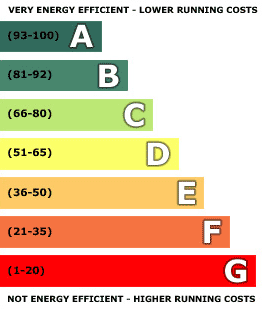
Housing
Architectural Masonry
Public Sector
Technical
Air Leakage Testing
The air-tightness of a building is known as its 'air permeability' or leakage rate. Air leakage can occur through gaps, holes or cracks in the fabric of the building envelope which are not necessarily visible to the naked eye. Air leakage will affect a buildings Co2 emission rate and forms an integral part of the calculation procedure contained within Part L of The Building Regulations - view
PEA
From 6th April 2009 any dwelling offered for sale prior to its completion will require a Predicted Energy Assessment. This measures the predicted overall energy efficiency and Environmental impact of the home based on the initial build (walls, roof, windows, floor etc) and engineering specification (heating, hot water etc) - view »
Energy Performance Certificates (EPC)
The ratings on the certificate provide a measure of the building's overall energy efficiency and its environmental impact, calculated in accordance with a national methodology. It takes into account factors such as insulation, heating and hot water systems, ventilation and fuels used. The average Energy Efficiency Rating for a dwelling in England and Wales is band E (rating 46).
Buildings that are more energy efficient use less energy, save money and help protect the environment.


